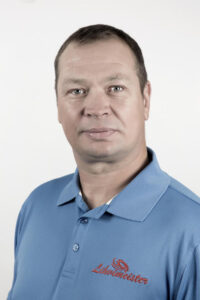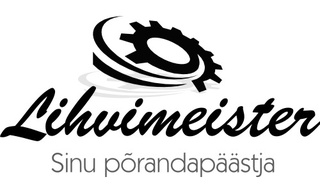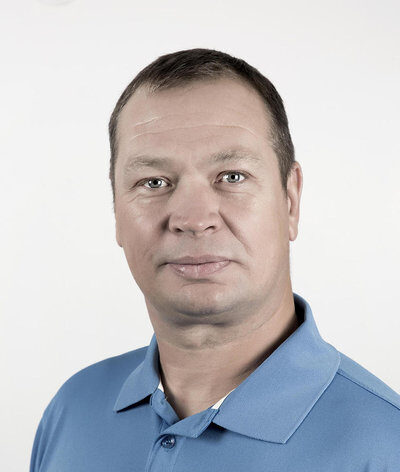Sanding of terraces, stairs and other wooden surfaces
Removal of the old finishing layer from wooden surfaces by sanding and as desired: varnishing, oiling, oil waxing or tinted oiling.
- 9 years of experience
- We sand dust-free
- We advise for free!
Why is it necessary to sand wooden surfaces?
Sanding wooden surfaces is important to ensure their long-term durability and attractive appearance. During sanding, dirt, scratches and other defects are removed from the surface and the natural beauty and smoothness of the wood is restored. Sanding also improves the strength of the wood and reduces wear and tear, which can extend the life of the surfaces and save on future repair costs.
What wooden surfaces do we sand?
- Stairs
- Terraces
- Kitchen and work surfaces
- Window sills
- Threshold proposals
- Shelves
The sanding method and tools may vary depending on the type of wood surface to be sanded. For example, sanding a patio or stairs may require a higher-powered sander and different grits of sandpaper to remove deeper scratches and marks. Finer sandpaper and special finishing products can be used to sand kitchen or work surfaces to create a smoother and more beautiful finish. A smaller sander or hand sander can be used for sanding a window sill or threshold, while different grits of sandpaper can be used for sanding shelves, depending on the type of surface.
In addition, sanding may also vary depending on the type and condition of the wood. For example, sanding harder woods like oak or mahogany can be more difficult than sanding softer woods like pine or spruce. Sanding older or damaged wood surfaces may require more time and effort to remove deeper defects and scratches. It is therefore important to choose the right sanding method and tools for the specific wood surface and to ensure that the sanding is carried out professionally and carefully to ensure a high quality and durable result.
How often should wooden surfaces be sanded?
The frequency of sanding wooden surfaces depends on many factors, such as the type of wood, the intensity of use and the finish layer. In general, it is recommended to sand wooden surfaces about once a year to keep them clean, remove scratches and maintain their beauty. If the surface is under particularly intensive use, such as a terrace, it may be necessary to sand it more often.
Also, the frequency of sanding may vary depending on the type of wood surface. For example, it may be necessary to sand kitchen surfaces more often than, for example, sanding shelves or window sills.
The final decision on the frequency of sanding wooden surfaces should be made by a specialist who assesses the condition of the particular surface and recommends appropriate maintenance measures. In general, it can be said that regular sanding and maintenance help maintain the beauty and durability of wood surfaces for a long time.
If in doubt, contact us, we will give free advice!
What is the difference between varnishing, oiling, oil waxing and tinted oiling?
After sanding the wooden surface, it also needs to be varnished, oiled, waxed or tinted. We will advise you on which option to prefer.
Varnishing
Varnish protects the wood from above by forming a film layer on the surface of the wood. Film layers will wear out over time. You can extend the life of the floor by timely varnishing after 3-5 years.
Oiling
Protects the wood from the inside, the coating on the floor remains thinner, does not form a film layer. Brings out the wood pattern beautifully and leaves a beautiful impression. Wear resistance is ensured by periodic maintenance lubrication.
Oil waxing
Leaves a thin protective layer on the surface, which gives the floor greater resistance and durability. Does not form a film. Brings out the wood pattern and leaves a beautiful impression. Wear resistance is ensured by periodic maintenance lubrication.
Tinted oiling
Used to tint raw or sanded wood. Brings out the wood pattern and leaves a beautiful impression. Colorless oil wax as a covering layer.
Why Lihvimeister?
- We have 9 years of experience.
- We work dust-free.
- Customers highlight our communication skills and responsiveness. We always consider the client's needs and vision. We are open to any questions regarding our field of work.
- We offer by phone free consultation.
- We react quickly.
- We do high-quality work with modern machines (e.g Bona, Laegler, Mirka).
- We offer service all over Estonia. Whether in Tallinn, on an island or in the country of Wõrokes - wherever the floor is, we sand it there too!
Free consultation
We guide how to grind yourself.
If your floor has been damaged insurance event as a result, you can also safely contact us.
If you send a photo/video, we will expert assessment and we answer the questions:
- Is it worth grinding or not?
- Is it possible to grind?
Be in touch!
Contact us and talk about your wishes. Together we will find the most suitable solution for you.
Important information:
- If possible, ceiling lighting should be provided.
- There could be a toilet in the building.
- All wall sockets should have power.
- When sending an inquiry, photos/videos provide the most information.

- Ivo Vahkal
- +372 53470009
- lihvimeister@gmail.com
- Laki 11, 12915 Tallinn

